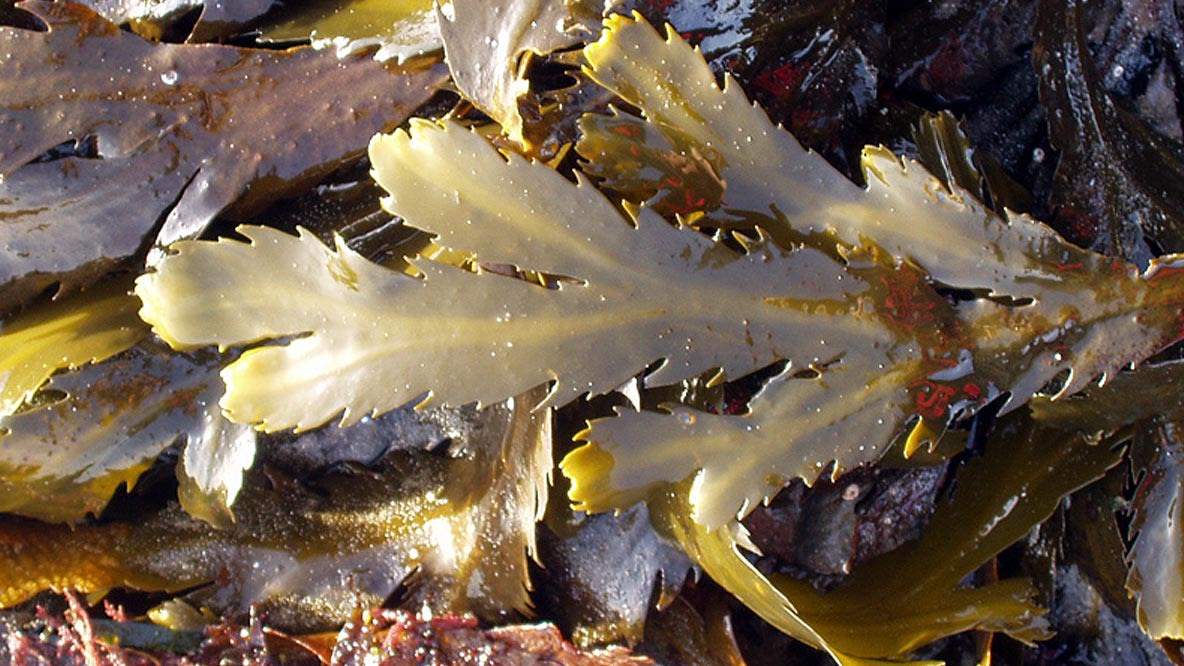Restoration Projects:
- This study aimed to determine the mechanisms behind changes in cover at spill-disturbed sites that were dramatic and synchronous across all quadrats at a site. This study examined two possible mechanisms that could generate synchronous fluctuations at spill disturbed sites; 1) plant-herbivore coupling, in which limpet or snail grazing would reduce Fucus populations; or 2) a single cohort of Fucus recruiting soon following the spill that monopolised for several years before declining synchronously.
- This study aimed to determine the mechanisms behind changes in cover at spill-disturbed sites that were dramatic and synchronous across all quadrats at a site. This study examined two possible mechanisms that could generate synchronous fluctuations at spill disturbed sites; 1) plant-herbivore coupling, in which limpet or snail grazing would reduce Fucus populations; or 2) a single cohort of Fucus recruiting soon following the spill that monopolised for several years before declining synchronously.
- This study aimed to determine the mechanisms behind changes in cover at spill-disturbed sites that were dramatic and synchronous across all quadrats at a site. This study examined two possible mechanisms that could generate synchronous fluctuations at spill disturbed sites; 1) plant-herbivore coupling, in which limpet or snail grazing would reduce Fucus populations; or 2) a single cohort of Fucus recruiting soon following the spill that monopolised for several years before declining synchronously.





